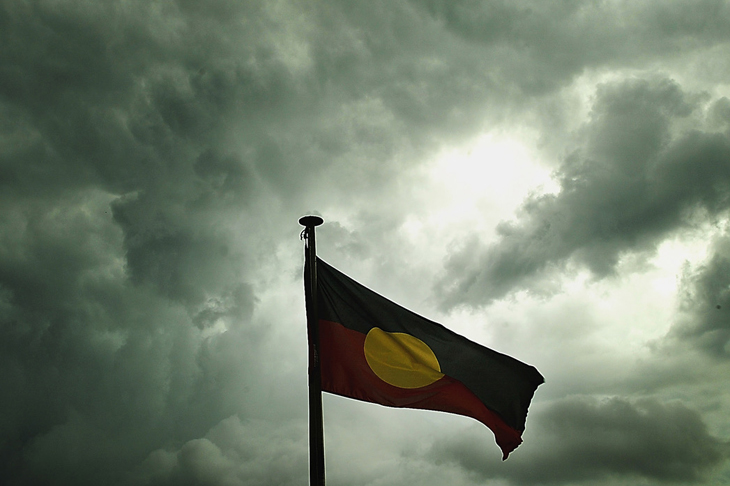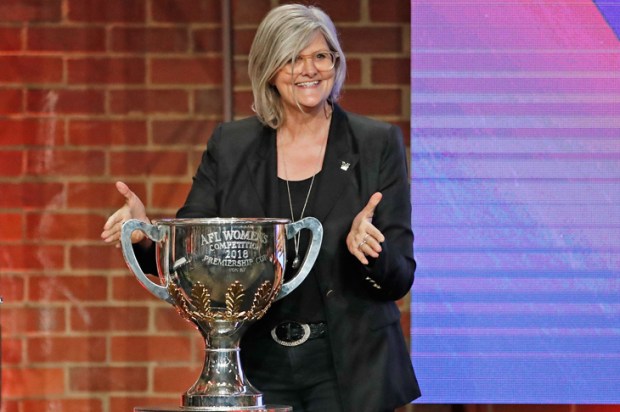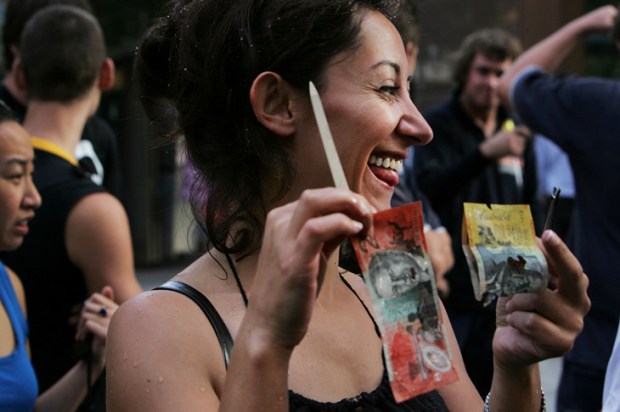The ABC recently reported on violence against Aboriginal women, stating, ‘we’re only just waking up to the scale of the crisis’. This is despite the fact that many sources (such as the Australian, Quadrant and this magazine) have reported responsibly on this shameful topic for decades.
Violence in Aboriginal communities is a topic that myself and a small group of concerned Australians, including former Northern Territory Minister of the Crown, Bess Price and her husband Dave, have spoken about for two decades, with Dave and Bess speaking about it for much longer.
While the ABC has rightly highlighted the shocking statistics of the problem, it has been less vocal on the greatest contributors of the problem – badly behaving Aboriginal men. Consider that the ABC article featured several faces of innocent Aboriginal women who died violent deaths or are missing, yet the perpetrators’ faces were not shown. I suspect this is because they are often Aboriginal men. The article reports on the life and tragic death of one Aboriginal woman, and the name of her killer, her boyfriend, is given. However, the article does not report that he is Aboriginal; surely a noteworthy omission.
The article does refer to recent research published in the British Journal of Criminology. The journal article uses terms such as ‘neo-colonial’ and ‘settler’ to remind readers that Australia was invaded, perhaps in case some did not know. Quoting from this academic article: ‘In accounting for disproportionate rates of domestic violence against First Nations women, First Nations academics have consistently linked domestic and family violence to the historical and ongoing violence of ‘settler’ colonisation.’ These academics would do well to read Peter Sutton’s Politics of Suffering to understand that aspects of violence in Aboriginal communities, particularly against women, go back long before colonisation.
If some dismiss Sutton because he is not Aboriginal, they should read the 1962 biography of Aboriginal man, Waipuldanya, entitled I, the Aboriginal where he states: ‘The corroboree is banned to all women. They must remain at least half a mile away. If a woman went close to a Yaudurawa in my grandfather’s youth her head would have been chopped off at once. Even today death would be likely.’ Lest I be accused of sensationalistic racial bias, let me state that such brutality is no different to that of non-Aboriginal people if you go back far enough.
Daughter of Dave and Bess Price, Senator Jacinta Price, like her parents, has seen her fair share of Aboriginal violence, tending to countless family members to bathe their wounds. While she acknowledges the impact of colonisation, historical exclusion, and alcohol, on many Aboriginal people, she also recognises that aspects of traditional culture contribute to the violence seen today when she states that all Australians should understand traditional Aboriginal culture for the sake of those who live it.
Like so many articles from left-leaning sources, the ABC article adopts a downstream approach to focus on what police could have done, rather than an upstream approach that gives attention to what communities could have done long before police involvement was required. This is like trying to reduce deaths from heart failure by having faster ambulance drivers and more ICUs.
The ABC article does mention a case where the police certainly were at fault. Such cases should be highlighted, but responsibly, so as not to exaggerate what contribution police action (or inaction) makes to Aboriginal victims of domestic violence. The naive reader could be left thinking that of the more than 315 cases of female Aboriginal victims since 2000 mentioned in the ABC article, neglect by police was the major contributing factor.
Every profession that serves the public can improve on its service delivery, and police are no exception. However, unless solid evidence can be provided, it is wrong to conclude police are apathetic, just because they do not always achieve the same degree of success in protecting Aboriginal women who are victims of domestic violence as they achieve with non-Aboriginal women. And a grieving relative’s claim of ‘Police could have done better’ is not necessarily solid evidence.
The academic article referred to earlier, states: ‘Such failures suggested systemic police apathy towards First Nations women as victims of violence …’. This would seem a gross generalisation and misrepresentation of the police. While apathy may account for police failings in a minority of cases, there are other explanations. Police intervention can often mean that a perpetrator is arrested and jailed. When this happens, there are the predictable shouts of racial profiling and high incarceration rates. And of course, if a perpetrator should die in custody, we can expect to see activists use the death to promote the lie that Aboriginal people in custody are at greater risk of death than non-Aboriginal people in custody. This could explain why some police are reluctant to get involved in domestic violence cases involving Aboriginal people.
If the horrible statistics and stories of Aboriginal women as victims of domestic violence tells us anything, it is that more can be done to ensure that Aboriginal women live the lives that most non-Aboriginal women take for granted. Our best bet is to focus on building thriving communities where adults are working and kids are in school; also and essentially, stop the instinctive portrayal of Aboriginal perpetrators of violence as the victims of colonisation, and therefore not responsible for their behaviours. This is a huge insult to the many fine Aboriginal men who are peacemakers.
Further, the continual claims of racism and apathetic police are not helpful. According to NT Supreme Court judge Judith Kelly, as reported in the Australian: ‘It’s not racism that’s doing any of these things; it’s the violence of the men against the women.’
Finally, we must swim against the tide of political correctness and ensure that Aboriginal women have the confidence to report violence when it does happen and know that they will not be harmed by perpetrators or their protectors. This is something the proposed Parliamentary Indigenous Voice, if established, could consider.
Got something to add? Join the discussion and comment below.
Get 10 issues for just $10
Subscribe to The Spectator Australia today for the next 10 magazine issues, plus full online access, for just $10.
You might disagree with half of it, but you’ll enjoy reading all of it. Try your first month for free, then just $2 a week for the remainder of your first year.














Comments
Don't miss out
Join the conversation with other Spectator Australia readers. Subscribe to leave a comment.
SUBSCRIBEAlready a subscriber? Log in